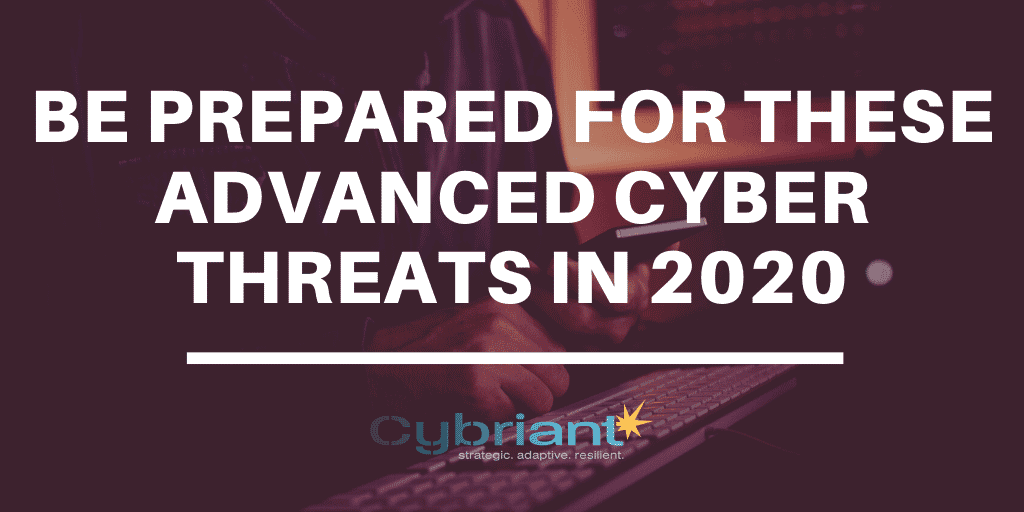Every day our businesses are engulfed with new technology options and these advanced cyber threats are going to be more prominent in 2020.
Cybersecurity is the foundation that can prevent and protect your organization from harm. Plus, with a strong security framework in place, you’ll have a guideline in place for implementing any new state-of-the-art technology.
Even though the new tech is thrilling, there are a lot of cybersecurity threats. The concept of cyber security is not so new but over the last 20 years it has taken on considerable importance. With the rise of social media, digital media, cloud technology, and more, the idea of cybersecurity has become ever more difficult to uphold.
The Importance of a Cybersecurity Framework
Modern technology has more than ever been connecting people and businesses. This revolutionizing development caused the IT barrier to be lowered and the field to be exposed to various opportunities as well as threats. This ever-evolving technology is both a blessing and a potential curse.
If you are involved with the implementation of new technology, then you should be prepared for the challenges of cybersecurity. Significantly, you consider your strategic security foundation to cope with various types of cyber threats like the Internet of things attacks, insider threats, supply chain concerns, endpoint attacks, social engineering, AI-driven attacks, cyberbullying, phishing, ransomware, malware, 5G concerns, new cyber regulations, etc.
Staying ahead of cyber thieves and bullies should be vitally important for any company. No matter what current solutions you have, it is important to continue developing new methods to take care of cyber protection.
Which are the biggest threats for 2020?
What data breaches or attacks or malware or other vulnerabilities will be the most damaging? Looking ahead to the evolving threats that your organization should watch out for in 2020 will help shape your constructive cyber security approach. We have listed some of the most disruptive cyber security risks of the year 2020 in the section below.
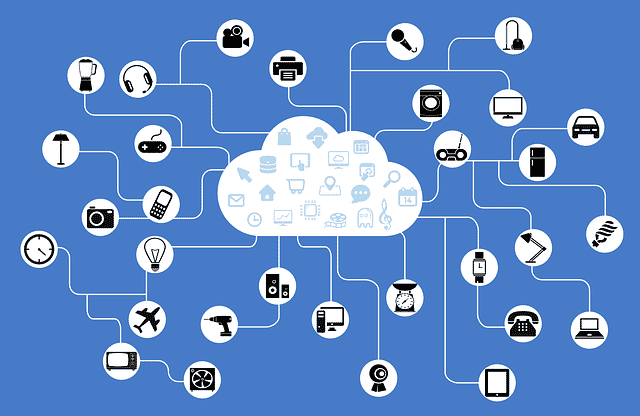
Internet of Things (IoT) Attacks
IoT has brought the entire world closer than ever before. Profoundly intellectual engineering has transformed the way business operates and given us an emerging entertainment and education world. It facilitated communication and made it vulnerable. The design of the Internet of Things is so complex that it is very tough to handle these apps in particular, and it will be difficult to apply security patches.
The net of IoT systems is made up of many unsecured devices and hackers can reach corporate networks very quickly through these networks and cause malware attacks. There are various reports based on the IoT attacks which state that around 100 million attacks took place in 2019 and the next year can expect more attacks. Hackers exploit IoT vulnerabilities and target the devices.
Millions of devices exist with vulnerabilities and if proper care is not taken then a large-scale attack can damage the whole system.
Insider Threats
There are a lot of cyber security issues that are caused by insider threats and one of them is employee errors. Cyber security tools, technologies, and services like PRetect are very effective to prevent or minimize threats due to insider attacks.
There are many instances where it is claimed that multiple workers from the top international companies sell customer data for illegal use to specific third parties. There are expected to be more threats in 2020 that will result from human errors. Issues of insider threats have increased to a very critical level and now there are some guidelines that each organization has mentioned to protect their data from insider threats.

Supply Chain Concerns
Hackers in the cyber world always persuade them to reach their goals with the most convenient methods which sometimes leads them to third-party vendors. Attacks also predominate through the supply chain. There have been many well-known threats attributed to third-party vendors, the most prominent being the devastating Stuxnet intrusion discovered in 2010 and the 2013 aim data breach.
There are many possibilities in the third party that can include accidental insiders, an external developer, malicious employees, a service contractor, a supplier, or any other person who has access to the critical system. And many of these third parties have poor cyber security programs and processes which make them a rich target for cybercriminals and an avenue for even bigger prizes.
There are upcoming supply chain regulations like CMMC, and it is best to enforce security regulations with your suppliers before it is too late.

Endpoint Attacks
Over the past years, the security space has become a little less crowded thanks to endpoint protection, monitoring, and response capability. Endpoint attacks are usually launched via the email channel.
Even mediocre technologies have blocked 26 billion email threats in the first half of 2019, which accounted for about 91 percent of the total cyber threats. Such risks include flexible domain threats like phishing that indulges fancy clickable links to target consumers so the person’s identity can be easily hacked. These might be built to attempt a download malware or send you to spoofed websites that look legit and express your details.
Such risks are of a highly versatile type and may include phishing social media messages or malware trapping via legitimate websites.
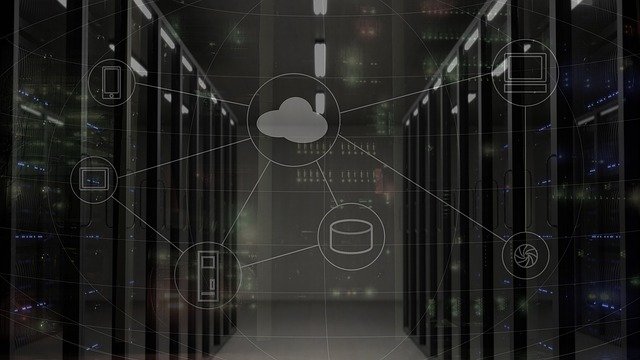
Social Engineering
Hackers are also developing technology with technology development. But not only technology, as user psychology is also building new means to things. They are targeting and exploiting user weaknesses.
This process is called social engineering because hackers are exploiting vulnerabilities in people, which is a very critical threat to the enterprise. After all, every company holds this. Hackers are persuading people to use different deals that could drive them to access social media and cell phones.
Through this phenomenon, hackers can obtain viable information about various resources. Social engineering has become a simple way to hack meaningful information from innocent users who don’t know about new technology.
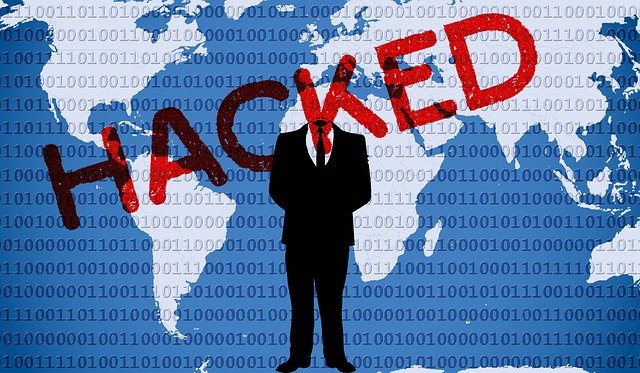
AI-Driven Attacks
We’ve seen it in science fiction films but it looks like the reality that computers are learning to attack their own. Different cyber security platforms are embracing modern AI to overcome these attacks but hackers are also using the same technology to launch new attacks on their end.
Experts suggest that hackers adopt powerful AI tools for automated attacks and expand their domain in various cyber security reports. Adversarial AI attacks are particularly worrying because they are so powerful. Theft of data in the past attacks caused a great deal of fear due to the money, time, and effort required to carry it out.
Now AI has made it easier for hackers to execute several types of attacks within the same time frame and using very less energy. Even with a few lines of code, hackers can now solve the problem of years in seconds and gain access throughout the network.
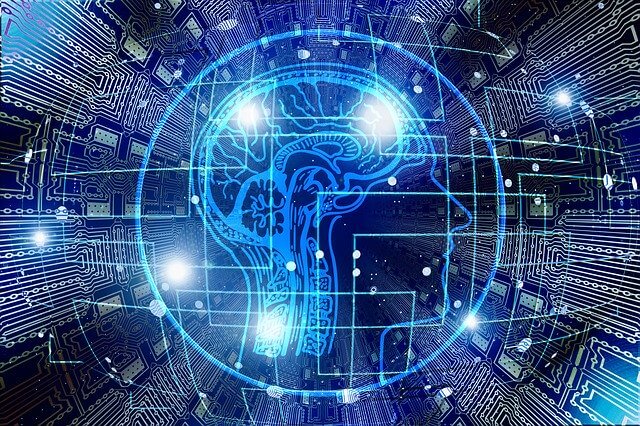
Phishing
Phishing is among the oldest scams and is considered as green as ever. A lot of strategies were designed to control it and many people made various attempts but all culminated in nothing more than a temporary solution. Therefore, phishing is also known to be a pain in the year 2020 and it will continue to endanger Internet security. Such tech-savvy offenders are redesigning data from their last successful breach.
Phishing attack actors use AI to study business language and capture speech samples for use in advanced phone phishing scams. This is an attack based on email, and it forges itself as an essential email originating from any reputable source. Clicking on email tricks the recipient to share personal information. For people working in the tech industry, it is necessary to become conscious of phishing techniques so that they can be stopped by 2020.
Phishing attacks hit mobile devices more widely and these are becoming a key platform for attackers. Connection to mobile applications on various social media platforms leaves them vulnerable and this causes problems for the user. This can create destructive damage to the victim of a phishing attack.

Ransomware
Ransomware has already been common and will continuously create trouble in the year 2020. As a matter of fact, in the year 2020, it is considered one of the top five cyber threats to the business. Ransomware’s main expected goal in the year 2020 will be vulnerable cloud data.
Different users have stored their data on the cloud and made data backups but numerous hackers also discovered that cloud data storage is also susceptible. Different attacks can damage the cloud data carried out by hackers.
This is so powerful attack that in 2019 two cities Baltimore and New Orleans were under the threat of destruction by this attack. This attack is equally harmful to both organizations and individuals as well. It impacts databases and all tools involved with it can suspend all operations through it. That results in the lock-down of the systems.
The users are bound to pay the requested amount to the hackers so that the data can be released to them safely. Therefore hackers say a substantial amount to unlock data and equipment. School districts and healthcare providers faced challenges from ransomware, too. Both have paid a large amount of money to keep their services running.
Hackers are trying various types of attacks and are using new technology to explore new aspects of those attacks. Cybercriminals can hack out unpatched Windows machines and use them in cryptocurrency mining.

Malware
A variety of malware has been discovered in the years which have passed. These malware attacks are designed to attack different devices like smartphones. In the first half of 2019, there was a 50 percent increase in malware attacks in mobile banking.
The mobile devices that virtually every one of us carries contain sensitive data and information about uByugh attacking this mini machine hackers can get what they want. With time our reliance on these tools has greatly increased and we are using them for our sensitive information, for different purposes of online transactions and recording. To save this sensitive information, we focus on two authentication criteria in which one is linked to the SMS and the other is verification through the mobile application.
Thus hackers have reached that poor communication between the network and the service provider through an attack in “SIMjacking”. Such attacks were carried out through a social engineering approach which prompted several high-profile robberies. Such robberies included not only standard dollars but also cryptocurrencies.
Malicious software-containing malware harms not only mobile phones but also other devices, and these can also be launched through different applications. To fix that, large-scale software market owners, Microsoft, Apple, and Google, check devices for warnings that they may contain technology that is suspected to be maliciously exploited. It is restricted after scrutiny of the application which is supposed to be malicious.
The main goal of the attacker is to attain the user’s information and for this, they are attacking the most convenient source of attack which is currently mobile phone device. Malware is common to desktop and larger systems as well.
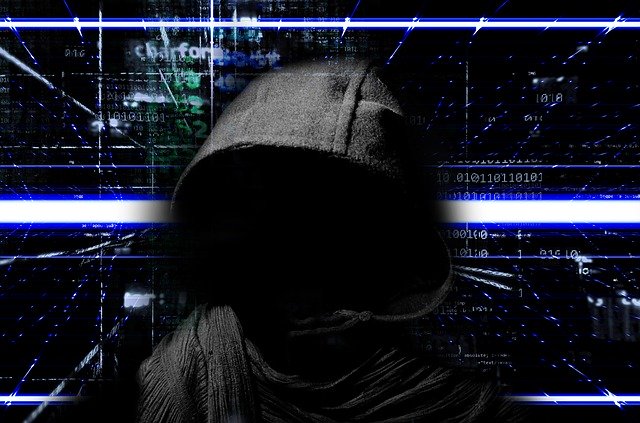
Cyberbullying
It’s a common cybercrime and it’s bullying, but it’s done online. Bullying is immoral wherever it happens and people around the world are against this abuse. Different laws are working to get a hold of cyberbullies but they are still targeting people to a greater level.
This is worst in cybercrimes because many of the other causes money or business damage but in some situations cyberbullying has caused life loss. This crime is also followed by cyber-stalking in which people virtually stalk others. Keeps an eye on other people’s activities and exploits them to get different benefits from them.

5G Concerns
5G is close to a major disruptive launch, and so are the risks to cybersecurity in 2020. As it gives a package of incentives and thus also draws the risks. 5 G infrastructure adds a bright light to the tech world on the sea but is tempting to the dark side of the cyber world as well.
The comprehensive 5G supply chain will add flaws such as malware or hardware, and bad designs. This platform is expected to produce phenomenal revenue growth from 2019 to 2025 (about ResearchAndMarkets.com).
5G businesses commons in contact with security issues of diverse network architectures, and very different product technologies and strategies. The new architecture ensures that networks must run in a more complex environment with a larger threat surface requiring greater security vigilance on the part of the service providers.
With 5G technology, many issues can be expected and many of those biggest issues are the deployment and supply chain. As the 5G is going to be a new tech with a vast supply chain, it is therefore exposed to malicious attacks.
This can also draw the spotlight from various dark sides because of malfunctions in design. Consequently, it launches an increase in the expected ratio of attacks and increases the negative impact on data confidentiality. In the implementation phase of 5G, information and communication technology (ICT) components will be increased due to indulgence.
5G tech uses more components than previous generation wireless technology and will therefore be prone to more attacks than previous ones. With more ways for attackers to access sensitive data, and increasing challenges such as monitoring device risks without a Wi-Fi router, people will need to be proactive as they develop new security solutions. 5G vulnerabilities could lead to IoT traffic snooping, easier ways to compromise IoT devices, or even reprogram the IoT device remotely in some cases.

New Cyber Regulations
In the year 2020, a data breach is most likely to happen due to unauthorized access to the data. New cyber regulations need to be brought in so that cyber-attacks can easily be thwarted. In the cyber security war, there is a drawback that the hackers are progressing faster than the people who are cyber security experts.
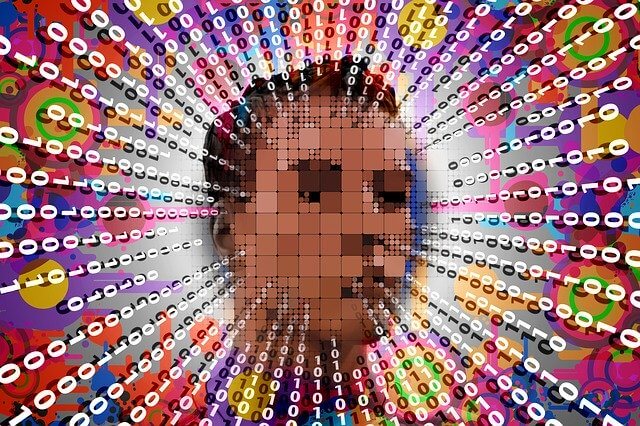
Advanced Cyber Threats in 2020
The companies and organizations fail to hire people who are adequately trained to enforce the cyber security regulations. This is a trend that is predicted to be seen again in 2020, as some unfilled vacancies will still exist. There’s a troubling problem in the field of cyber security due to this shortage of skilled professionals.
Cyber security threats are through to a greater extent, causing difficulty and calling for the law to be enforced at the international level to avoid such horrible attacks. Cyber security has become a crucial issue and the battle against the perpetrator cannot be won with antivirus software and simple password protection alone. In this, area, however, there are some cyber regulatithathich have been followed and can be helpful for the prevention of certain damages.
One of the important cyber regulations is GDPR (General Data Protection Regulation) compliance which protects the data from intrusion and maintains it. As the data is encrypted so that it can be stopped from hacking alongside other internal risks of an attack. The other regulation that has been widely adopted is the use of multifactor authentication has played a very vital role in the field of cybersecurity and many attacks have been avoided due to this attack.
AI is an important tool in implementing cyber regulations because it works on both sides as it helps to escape security risks, and also leads the way to deter and respond to emerging problems.
Tech has become a must for every business and has raised the bar of importance to a maximum level for every sector. Cyber threats are the number one world economic security concern. Forward-thinking companies will need to build careful, strategic plans for their network health. The challenges that lie ahead of us are very serious and need a response to these threats.
Platforms are required which can anticipate the attacks before they occur. So you can take that countermeasure. Few suggestions are important to cope with those security threats.
- It is important not to click on suspicious emails.
- Keep the antivirus and operating system updated as well.
- Using complicated combinations of passwords excluding birthdays and other related information.
- Ensure the receiver’s validity before any personal details are revealed.
- It is important that you check the description of the link before clicking on any.
Cyber-attacks target the bigger and the smaller equally, without discrimination. It is therefore critical that all reports about cyber threats and revolutionary advances in the field of cyber security be reported in advance.
Conclusion
Cautionary measures need to be taken to secure your data by keeping the cyber-attack trends in mind. With the advanced cyber security threats, it is important to continue investigating the best way to handle them.

